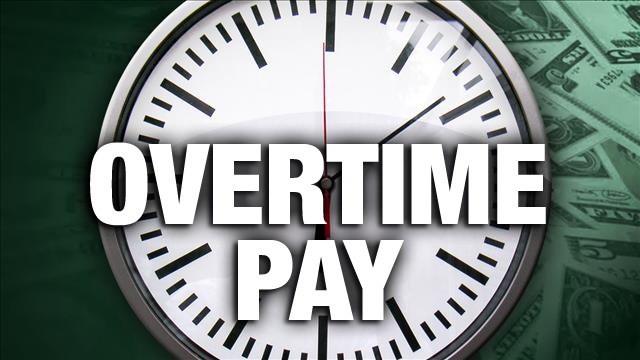Income Tax
What’s Next For Proposed Changes to Overtime Pay and Exempt Employees?
Recently, the Department of Labor (DOL) has released proposed rules to update the exemptions from overtime.
Jul. 27, 2015

The Fair Labor Standards Act has been around since 1938. The purpose was to set federal minimum wage (then 25 cents an hour) regulate child labor and set exempt (white collar workers) and nonexempt rules for overtime pay (originally 60 hours). There were a few changes such as overtime pay now starts at over 40 hours but generally the rules for overtime for the most part stayed constant until 2004.
By definition an employee is considered nonexempt – subject to overtime (time and ½ over 40 hours of work in a workweek- by federal standards) unless the employee can fall into one of four categories of exemption. These categories are executive, administrative, professional and high salaried. The additional categories have additional specific conditions – they are outside sales, and computer positions.
The salary test was $250 / week. In 2004 the department of labor revised the overtime regulations and made the exempt nonexempt distinction more modern. In addition to modernizing the definitions the DOL raised the salary test to $455 per week. Additionally the high salary test was raised to $100,000. Also certain professionals such as teachers do not have any salary test.
Recently, the Department of Labor (DOL) has released proposed rules to update the exemptions from overtime.
If a person is to be considered exempt – they must meet all of the following tests:
As of 2016 (date is estimated and subject to change and possible delay) white collar workers would need to fulfill a duties test. The duties test is different for each of 3 of the 4 classifications (executive, administrative, professional). This is consistent with the current rules. The DOL is also asking for comments on possible changes to the duties tests.
Second is the salary level test, which says a salary has to be a certain amount. Currently, that salary is set at $455 a week or an annual salary of a little over $23,000 a year. For the three classifications above (executive, administrative, professional) these proposed regulations would raise that to $970 a week, or a $50,440 annual salary.
The high salary test would increase to $122,148.
The department of labor is accepting public comments until September 4, 2015. The DOL is seeking comments on whether to allow nondiscretionary bonuses, such as certain production or performance bonuses, to satisfy a portion of the standard salary test requirement.
So what’s next? After the comment period ends, the DOL will review all comments. Possible outcomes could be immediate implementation of the new regulations as proposed. More likely will be some revisions which could be implemented but more likely another comment period, another review and then implementation. Keep an eye on the next DOL notice sometime after September 4, 2015.
——————
James Paille CPP is the Director of Operations for Thomson Reuters myPay Solutions. He has been an executive manager in the payroll service industry for more than 30 years, specializing in managing multi-location offices. Jim is President-Elect of the American Payroll Association as well as a member of the National Speakers Bureau, and chairs the CPP Certification Review Panel. He holds a Bachelor of Science in Accounting from St. John Fisher College in Rochester, NY.
